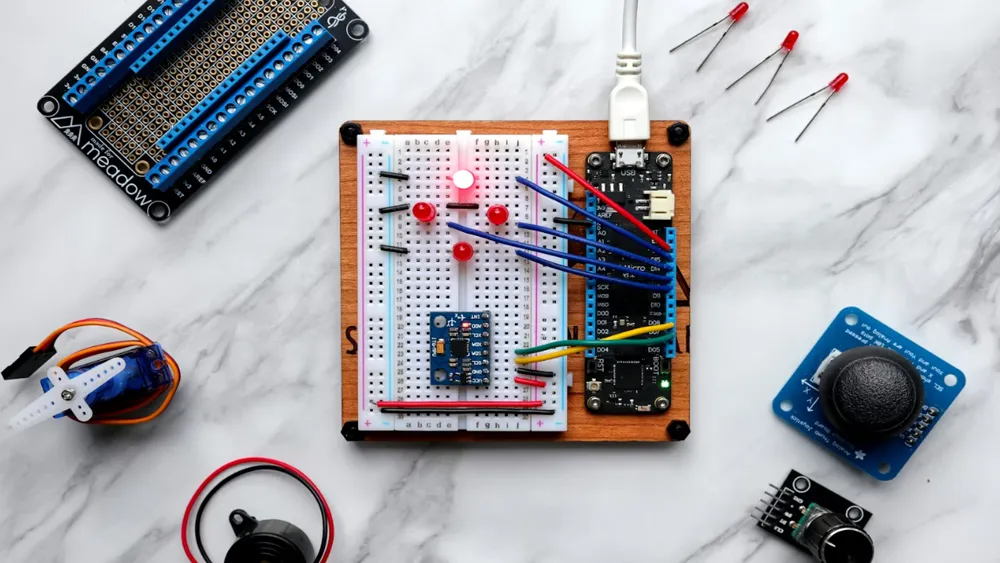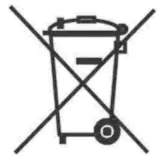
Button Battery UL4200A and Amazon GCC Certification
Millions of consumer products worldwide contain button batteries. Incidents of children being seriously injuRED or dying due to swallowing or inserting button/coin batteries have become increasingly common. As such, it is becoming more important to prioritize button battery safety and establish unified regULations and requirements through relevant laws.
ACCC Regulations
The ACCC (Australian Competition and Consumer Commission) is urging businesses that supply button batteries or products powered by button batteries to ensure compliance with the new safety standards before the mandatory enforcement date of June 22, 2022. The ACCC also calls on consumers to check for unsafe button battery products at home.
Potential Risks for Children:
Children can come into contact with button/coin batteries in various ways, including:
- Products with unsafe battery compartments.
- Button/coin battery packaging that is not child-resistant.
- Poor-quality products that may release button/coin batteries when dropped or damaged.
- Spare batteries provided in bulk in product packaging.
- Spare batteries that are not kept out of children’s REACH.
- Improper disposal of used batteries.
Mandatory Standards
1. Consumer Goods (Products Containing Button/Coin Batteries) Safety Standard 2020
2. Consumer Goods (Products Containing Button/Coin Batteries) Information Standard 2020
3. Consumer Goods (Button/Coin Batteries) Safety Standard 2020
4. Consumer Goods (Button/Coin Batteries) Information Standard 2020
Applicable Products:
These safety and information standards apply to:
- Button or coin batteries themselves.
- All consumer products containing button/coin batteries such as watches, calculators, cameras, flameless candles, flashing clothing, shoes, holiday decorations, keychain flashlights, musical greeting cards, remote controls, etc.
The standards outline how products and their packaging should be designed, as well as the warning and safety information that must be provided.
Exemptions:
- Second-hand goods sold before the mandatory standards became enforceable.
- Professional equipment that meets specific standards.
- Button/coin batteries in bulk for professional use (according to specific standards).
- Audiovisual and communication technology equipment with button/coin batteries soldered in place.
- Hearing aids and products meeting specific battery safety requirements (but these must comply with warning requirements).
Mandatory Requirements for Products Containing Button/Coin Batteries:
- Battery Compartment Safety: Products with replaceable button/coin batteries must have a secure battery compartment to prevent access by children.
- Battery Safety: Products containing button/coin batteries must not release the battery during foreseeable use or misuse.
- Compliance testing: Products must undergo compliance testing to meet safety requirements.
Warning Requirements:
Packaging and instructions for products containing button/coin batteries must include warnings. If a product is not packaged or lacks instructions, a warning must be attached or included to inform consumers that the product contains button/coin batteries, which pose a danger to children.
Amazon Requirements:
Amazon has issued strict requirements for products containing button or coin batteries. When selling such products, you must provide the following documents to ensure compliance:
1. ul4200a Test Report: A test report from an ISO17025-accredited laboratory proving compliance with Underwriters Laboratories 4200A (UL4200A).
2. gcc certificate: A General Certificate of Conformity (GCC) meeting ul4200A standards.
The gcc certificate and UL4200A report must reflect:
- Child-Resistant Battery Compartment: Products must have a child-resistant battery compartment to prevent access by children.
- Warning Labels: Clear warnings about potential choking hazards and battery ingestion risks must be included on packaging and the product itself.
Certification Requirements:
Products containing button/coin batteries must meet the following:
- Compliance Testing: Based on the 'Consumer Goods (Products Containing Button/Coin Batteries) Safety Standard 2020.'
- Warning and Labeling: Per the 'Consumer Goods (Products Containing Button/Coin Batteries) Information Standard 2020.'
The ACCC's mandatory requirements apply to all consumer products containing button/coin batteries, including storage containers and accessories. These products must undergo compliance testing and meet battery safety requirements.
Key Safety Requirements for Products with Button/Coin Batteries:
- Clear Warnings and Labels
- Secure Battery Enclosure
- No Battery Release During Use or Misuse
Amazon Compliance Response:
If Amazon requests compliance:
1. For Products with Button Batteries: Submit a UL4200A GCC certificate, a packaging image with a barcode (including a warning about ingestion hazards), and a UL4200A test report from an ISO17025-accredited laboratory. Contact JJR Lab in China for testing (cost is $698).
2. For Products without Button Batteries: Review and modify sensitive words in the listing. Submit an appeal stating the product’s purpose, materials, and that it does not contain button batteries. This generally suffices for approval.
Email:hello@jjrlab.com
Write your message here and send it to us
 What is Amazon TIC and How Can Sellers Achieve Com
What is Amazon TIC and How Can Sellers Achieve Com
 2026 Battery UN38.3 Certification (Test Report) &a
2026 Battery UN38.3 Certification (Test Report) &a
 What is the IEC 62680 Standard? Compliance Interpr
What is the IEC 62680 Standard? Compliance Interpr
 Amazon Japan December Compliance Requirements
Amazon Japan December Compliance Requirements
 How to Check a CPSC-Accepted Laboratory?
How to Check a CPSC-Accepted Laboratory?
 WEEE Registration for Waste Electrical &Electr
WEEE Registration for Waste Electrical &Electr
 MSDS Chemical Safety Testing
MSDS Chemical Safety Testing
 What Are the Differences Between UK REACH and EU R
What Are the Differences Between UK REACH and EU R
Leave us a message
24-hour online customer service at any time to respond, so that you worry!




